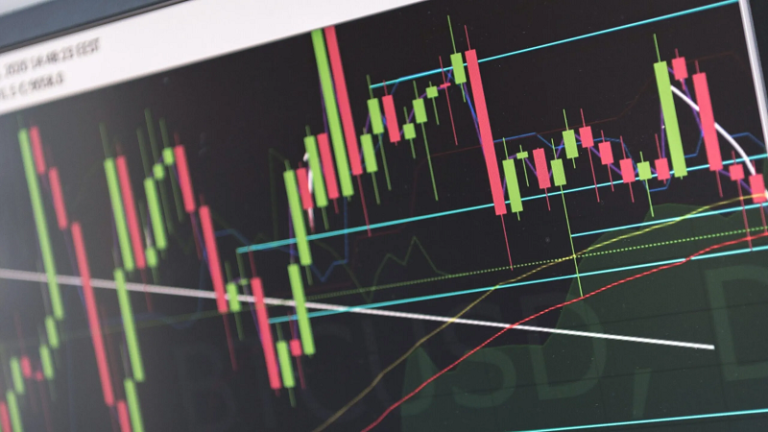In the world of financial trading, technical analysis has long been a cornerstone for traders and investors aiming to make informed decisions based on historical market data. This method, which involves analysing price charts and patterns, has traditionally been a manual process. However, the advent of machine learning (ML) has introduced a new dimension to technical analysis, offering more sophisticated and data-driven insights. Machine learning, a subset of artificial intelligence, utilises algorithms to learn from data and make predictions or decisions without explicit programming for each task. This technology is revolutionising financial markets by enhancing predictive modelling and enabling advanced algorithmic trading strategies.
Fundamentals of Machine Learning in Trading
Machine learning is a powerful tool that can analyse vast amounts of data quickly and accurately. At its core, ML involves training algorithms on historical data to recognize patterns and make predictions about future events. Several types of machine learning techniques can be applied to financial trading, each serving different purposes and offering unique benefits.
Supervised learning, for instance, involves training a model on labelled data, where the outcomes are known. This method is commonly used for tasks such as predicting stock prices based on historical trends. Unsupervised learning, on the other hand, deals with unlabeled data and is useful for discovering hidden patterns or clusters within the data. Reinforcement learning, a more advanced approach, involves training models through trial and error, optimising trading strategies based on rewards and penalties.
The integration of machine learning into technical analysis brings numerous advantages. For instance, ML can process and analyse complex datasets far beyond the capacity of traditional methods, uncovering patterns that might be invisible to human analysts. Additionally, ML models can adapt to new data and changing market conditions, providing more accurate and timely insights. The ability to handle high-dimensional data and perform real-time analysis makes ML an invaluable tool in the rapidly evolving world of finance. Find more info at Find more info here.
Predictive Modelling in Technical Analysis
Predictive modelling is a critical application of machine learning in technical analysis. It involves using historical data to forecast future market movements. The essence of predictive modelling lies in creating algorithms that can identify trends and make predictions about future prices or market conditions. Traditional techniques such as time series analysis, including ARIMA (AutoRegressive Integrated Moving Average) and GARCH (Generalised Autoregressive Conditional Heteroskedasticity) models, have been employed for years. These methods are useful for understanding and forecasting financial time series data.
However, machine learning offers more advanced predictive capabilities. Regression models, such as linear and logistic regression, have been extended with ML techniques to improve their accuracy. For example, support vector machines (SVM) and neural networks can handle more complex relationships between variables, providing more nuanced forecasts. Neural networks, particularly deep learning models, excel at capturing intricate patterns and trends, making them suitable for tasks like predicting stock prices based on historical data and other influencing factors.
Algorithmic Trading Strategies
Algorithmic trading, also known as algo trading, involves using computer algorithms to execute trading strategies based on predefined criteria. The rise of machine learning has significantly enhanced algorithmic trading, enabling more sophisticated and effective strategies. Machine learning-driven algorithmic trading can be divided into several categories, each with its approach and advantages.
Trend-following strategies are among the most common in algorithmic trading. These strategies aim to capitalise on sustained movements in asset prices. Machine learning models can enhance trend-following strategies by incorporating real-time data and advanced analytics. For instance, moving averages and momentum strategies can be fine-tuned using ML algorithms to better identify and exploit trends.
Mean reversion strategies, which bet on the price of an asset reverting to its mean or average level, are another area where machine learning excels. Statistical arbitrage and pairs trading are examples of mean reversion strategies that can benefit from ML techniques. By analysing historical price data and identifying deviations from the mean, ML models can help traders execute profitable trades when prices revert to their average levels.
Key Machine Learning Techniques for Trading
Feature engineering is a fundamental aspect of applying machine learning to trading. It involves selecting and transforming variables to improve the performance of ML models. In financial trading, relevant features might include historical price data, trading volume, and technical indicators. Effective feature engineering can significantly enhance model accuracy and predictive power.
Hyperparameter tuning is another crucial aspect of machine learning for trading. Hyperparameters are settings that control the learning process of a model, such as the learning rate or the number of layers in a neural network. Optimising these parameters can enhance model performance and ensure that it generalises well to new data.
Conclusion
Machine learning has become an essential tool in modern technical analysis and algorithmic trading. By leveraging advanced predictive modelling and sophisticated trading strategies, ML offers the potential to enhance decision-making and improve trading outcomes. While there are challenges and considerations to address, the benefits of machine learning in finance are undeniable. As technology continues to advance, the integration of machine learning into trading practices will likely lead to even more innovative and effective strategies.


Comments are closed.